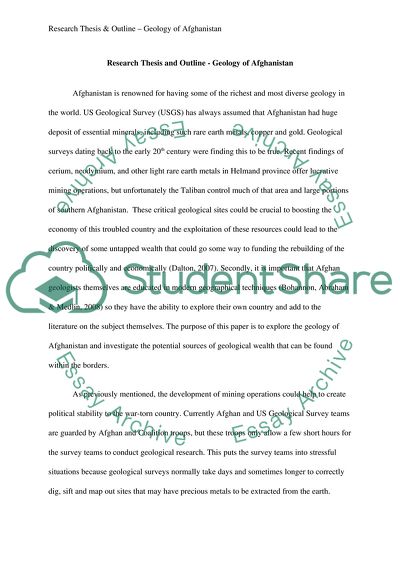Cite this document
(Geology of Afghanistan Research Paper Example | Topics and Well Written Essays - 2000 words, n.d.)
Geology of Afghanistan Research Paper Example | Topics and Well Written Essays - 2000 words. Retrieved from https://studentshare.org/geography/1761518-geology-of-afghanistan
Geology of Afghanistan Research Paper Example | Topics and Well Written Essays - 2000 words. Retrieved from https://studentshare.org/geography/1761518-geology-of-afghanistan
(Geology of Afghanistan Research Paper Example | Topics and Well Written Essays - 2000 Words)
Geology of Afghanistan Research Paper Example | Topics and Well Written Essays - 2000 Words. https://studentshare.org/geography/1761518-geology-of-afghanistan.
Geology of Afghanistan Research Paper Example | Topics and Well Written Essays - 2000 Words. https://studentshare.org/geography/1761518-geology-of-afghanistan.
“Geology of Afghanistan Research Paper Example | Topics and Well Written Essays - 2000 Words”, n.d. https://studentshare.org/geography/1761518-geology-of-afghanistan.


